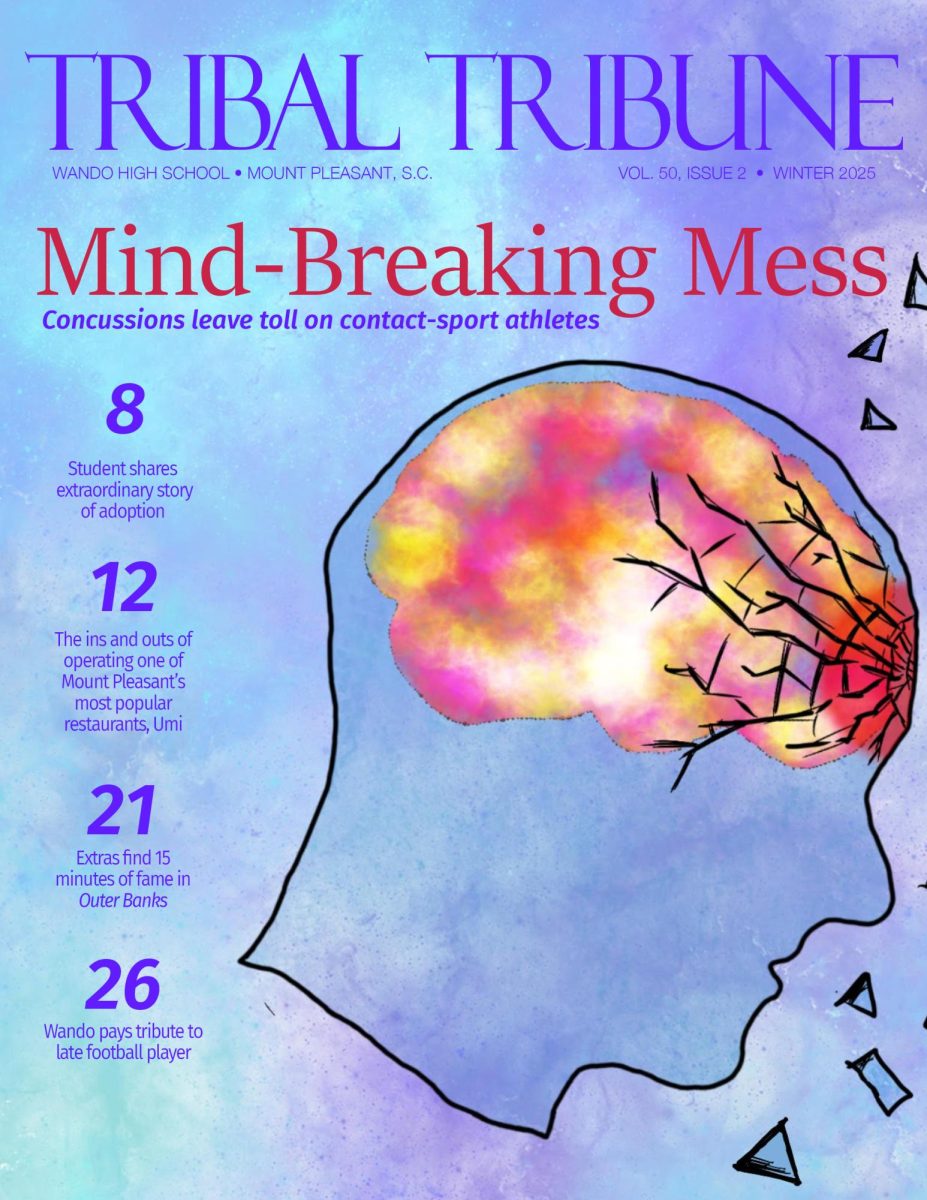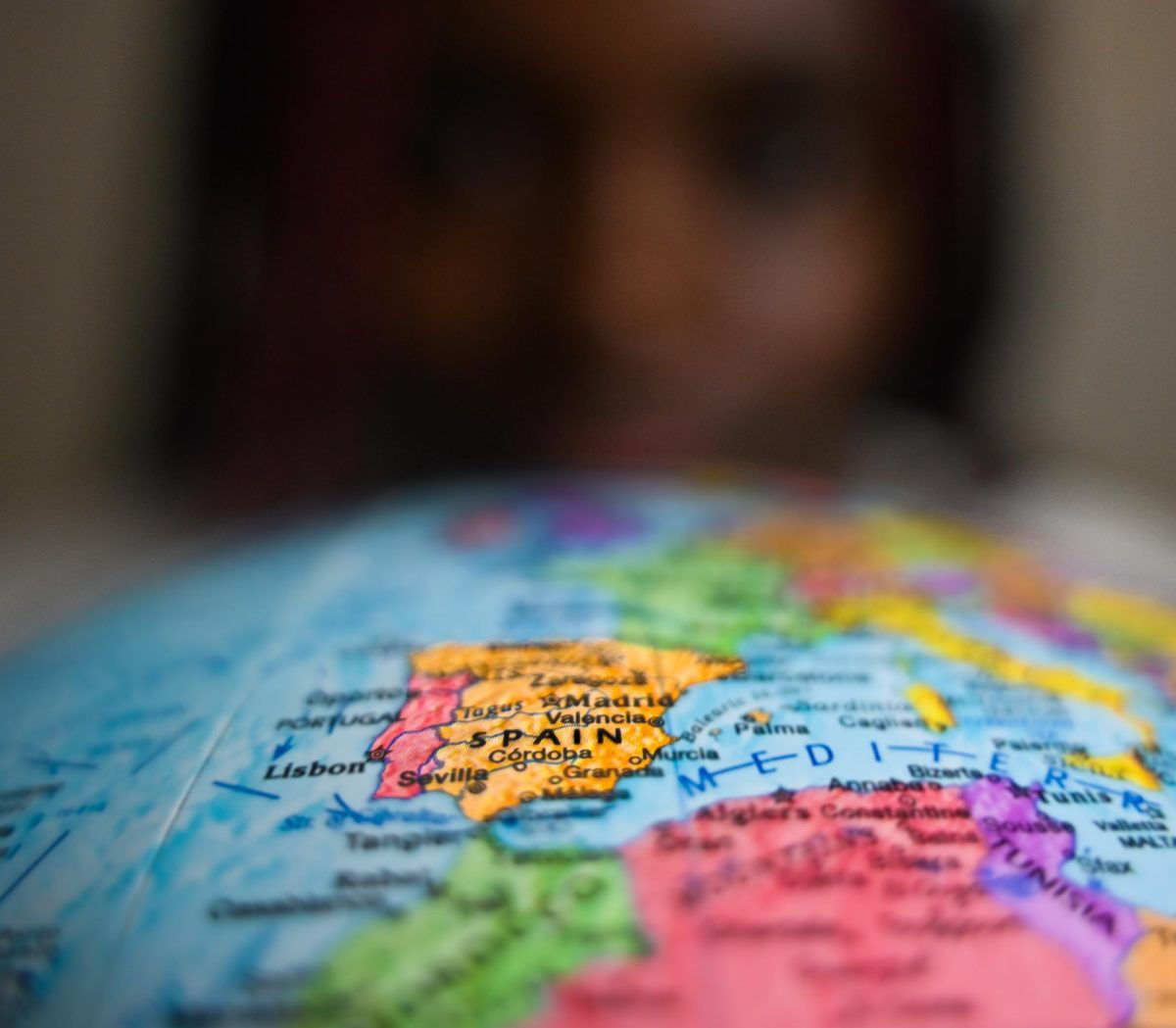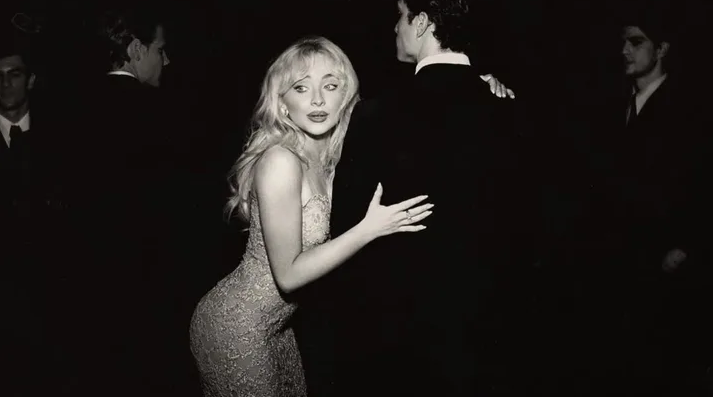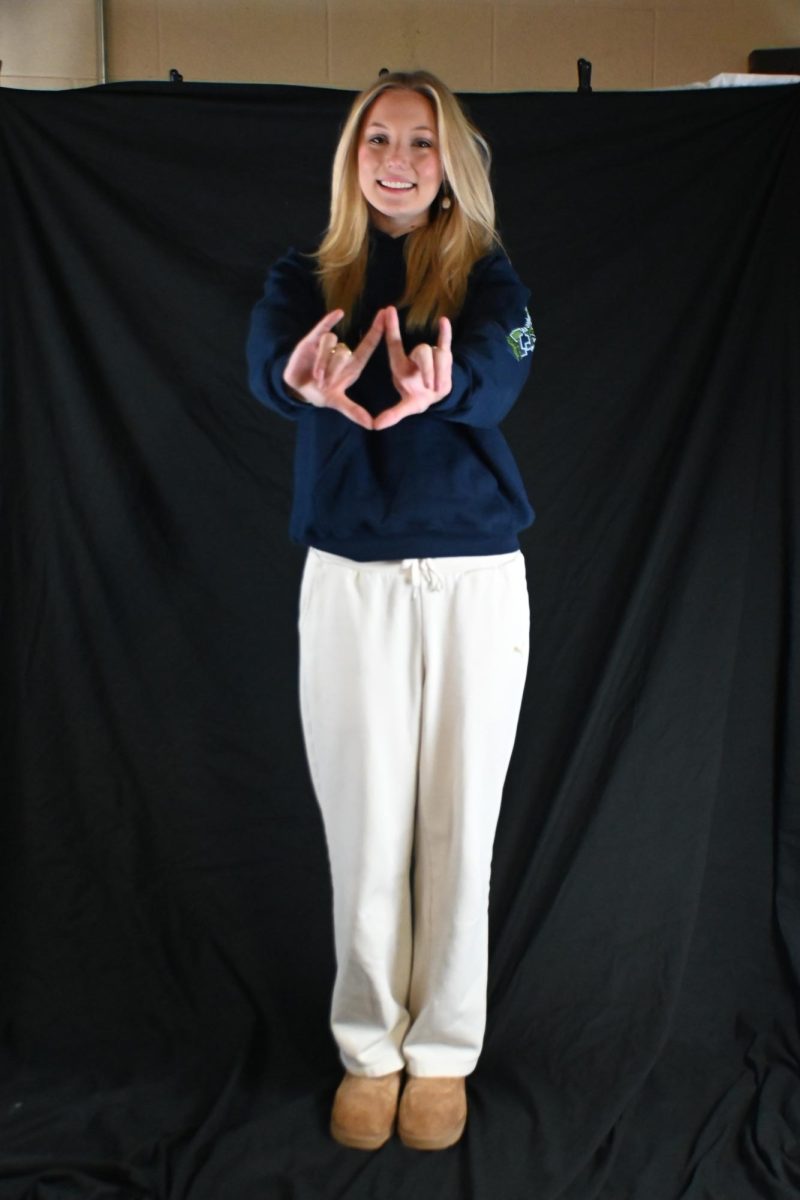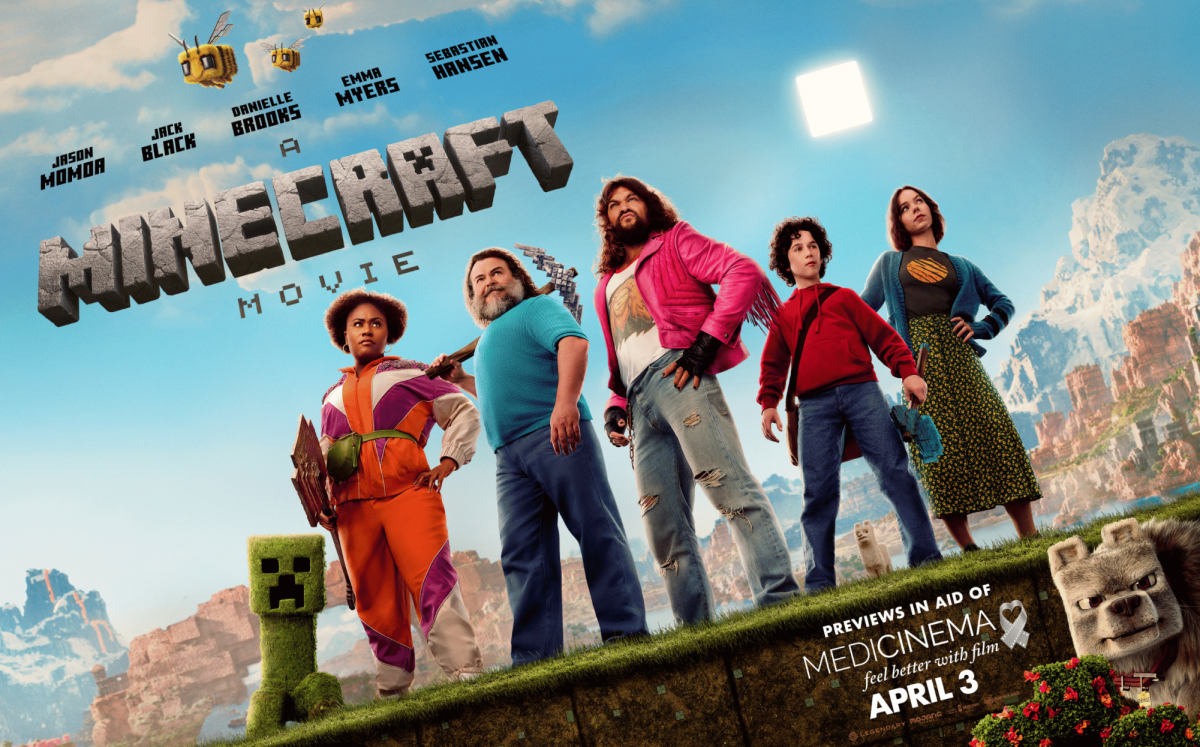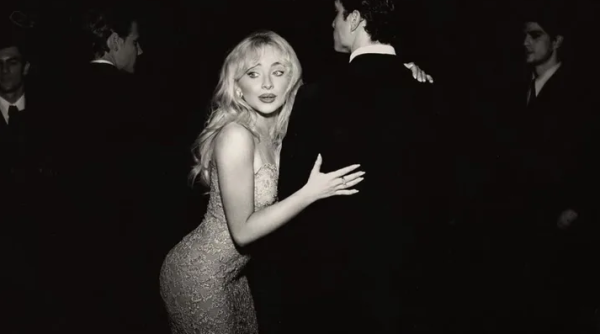Meditation in the Classroom
February 17, 2017
Think about the last time you just sat down by yourself without any distractions.
No phone.
No worries.
No to-do list.
Teens tend to look for the next dose of stimulation instead of just enjoying the silence of the mind.
Freshman English teacher Patrick Martin wanted his students to have the opportunity to learn how to effectively spend that time in quiet reflection. Even though he has a busy schedule — including leaving John Island at 6:30 a.m. each day for his commute to Wando — he still finds the time every day to include meditation to his daily grind.
“I see 160 students a day and teach six classes. Sometimes, at the end of the day, my can be patience depleted,” Martin said. “Meditation has taught me to pause and put things into perspective.”
After his class read the novel Life Of Pi earlier this year, Martin decided to introduce students to the art of meditation by bringing in a longtime instructor.
“The protagonist, PI Patel finds himself devoted to three religions; Islam, Hinduism, and Christianity”, he said. “Part of the Hindu rituals are focused on meditation, and I happen to know a friend of mine who spent 37 years in a Hindu monastery in Hawaii.”
Muni Natarajan, who has been a monk, jazz musician, artist and writer throughout his life, spoke to Martin’s English class on Jan. 2 about his time in a monastery and led a guided meditation.
“He talked about breathing being essential to processing information, processing our health and allowing your body to come to a natural resting state,” Martin said. “They were led through a few little breathing exercises and some students even commented it affected their performance in later classes.”
Today, Natarajan teaches yoga and meditation classes on Daniel Island, but at the age of 21, he discovered “an extended family.” Born in New York City as Phillip Royall Johnson, Natarajan developed an early passion for music, learning piano and drumming at the age of six. Soon, he became a professional jazz musician by playing drums for artists such as Quincy Jones, The Glen Miller Band and others in San Francisco.
But in 1970, Johnson was soon be given the name Muni Natarajan, joining Kaui’s Hindu and Buddhist monastery in Hawaii.
For the next 37 years, Natarajan followed his daily routine of mental and physical exercise.
“You get up around three o’clock in the morning and do some personal practice of physical yoga where you learn the postures,” he said in a telephone interview. “You go into the temple around four in the morning and worship lasts from 45 minutes to an hour.”
Eventually, the monks would break into “kutumbs,” or families of monks that would work on an assignment for eight hours.
“My kutumb was in the press shop. I did writing and editing, but my main duty was to provide all the artwork for our publications,” Natarajan said. “Each job had something to do with the survival of the monastery. We produced books, magazines and newspapers we sold outside the monastery.”
The monks would work for eight hours and then complete physical exercise from six to seven. From then, dinner was served, followed by a class session, and the monks were in bed by nine, ready for another day following this routine.
Natarajan would become one of the few senior monks, dedicating 37 years to the monastery. Eventually, though, he departed from Kaui in 2007, one reason coming from the death of their teacher Subramuniyaswami in 2001.
“I had gone into the monastery to learn from that teacher. As soon as he left, everything changed,” Natarajan said. “He was very charismatic. You wanted to be around what he had to teach. But, for six years I stayed because I felt responsible to stay.”After staying in San Francisco and meeting his now-wife Mary Beth, Natarajan moved to Ohio and married her “almost immediately.” Both received job offers in Charleston and begin another adventure of their life.
For Natarajan, meditation was practiced daily for the sake of learning to master the practice and sharpen his mind for wellness of his spiritual journey.
“The whole process of yoga and meditation is meant to change your life completely from the inside out,” Natarajan said. “Depending on how your life is flowing, your meditation has to coordinate with that and help you with your personal life as you go through the different adventures. Each person has a series of different adventures going through life and the idea is to apply meditation to your life so you learn and grow from it.”
Natarajan cites over 3,000 studies on the ways meditation helps emotional well-being and mental strength.
“Meditation can benefit anyone. It’s like anything else where you have to want to do it. You can do it in a simple way or a very deep way”, he said. “If you want to get inside yourself and feel that really beautiful bliss and hold onto it, then meditation is for you.”



